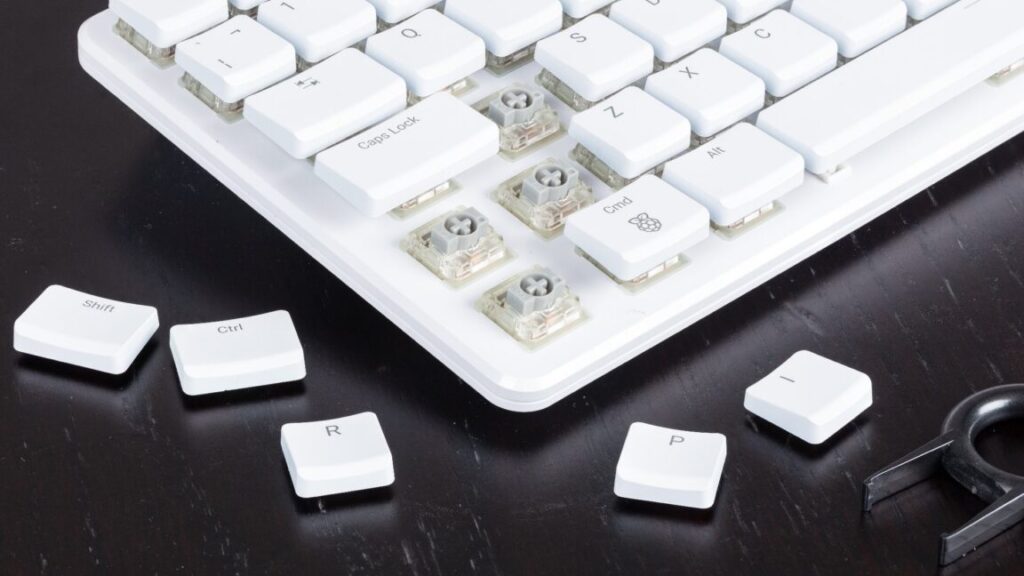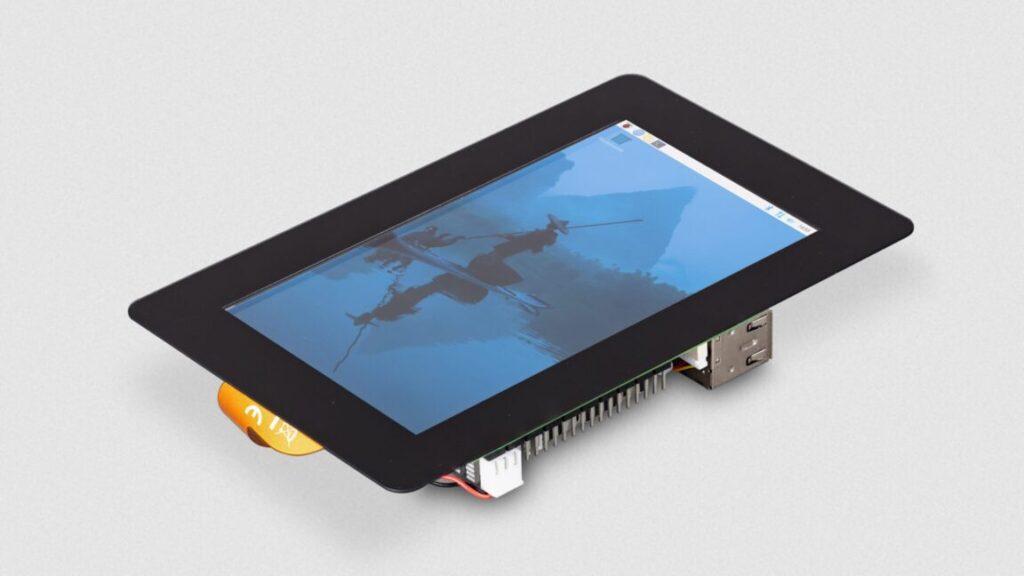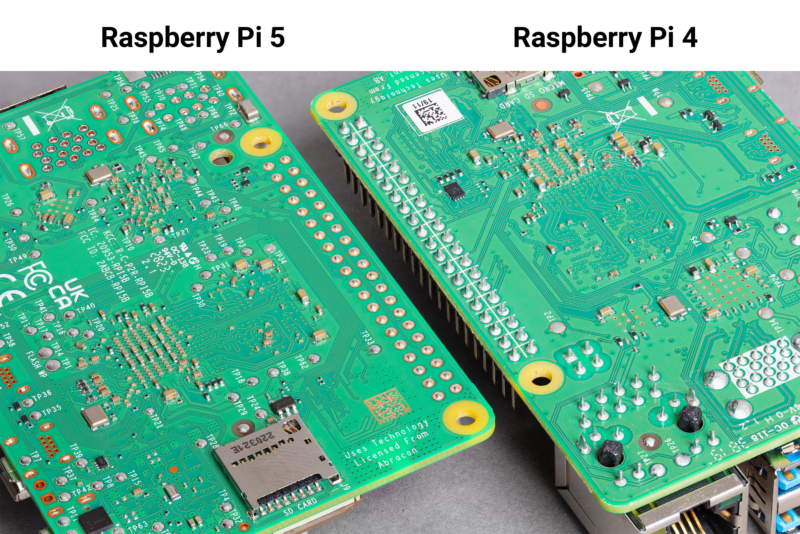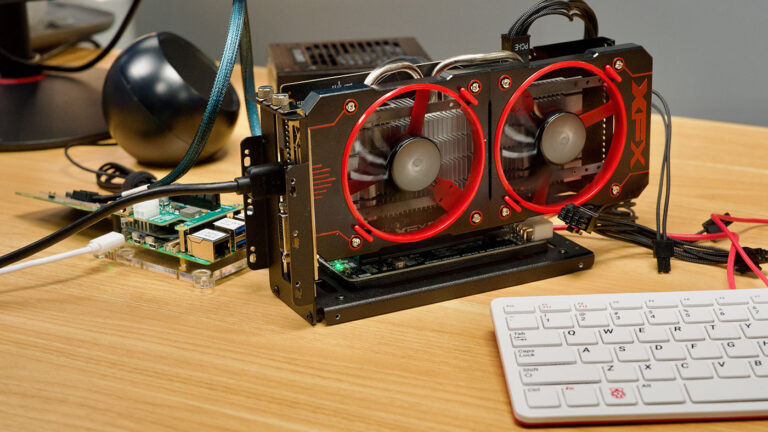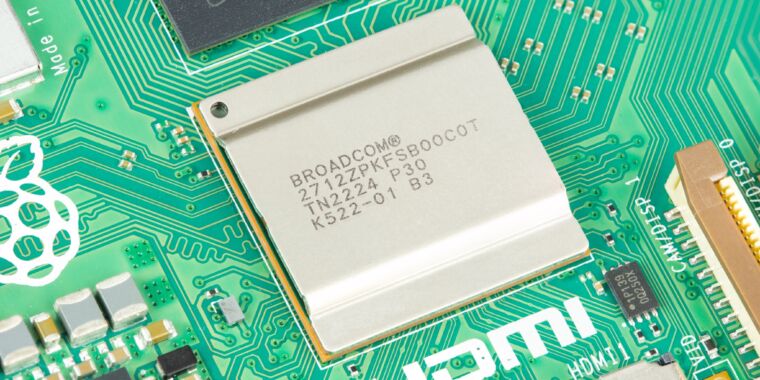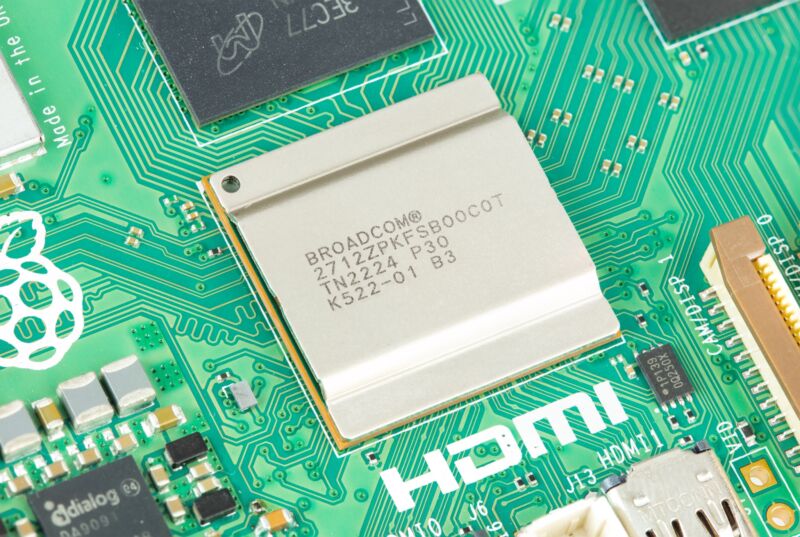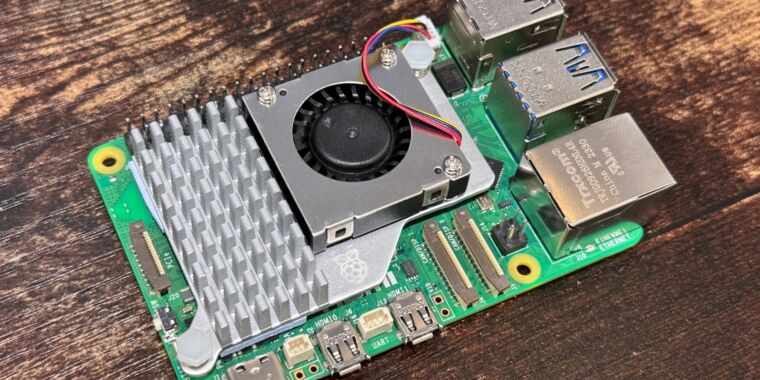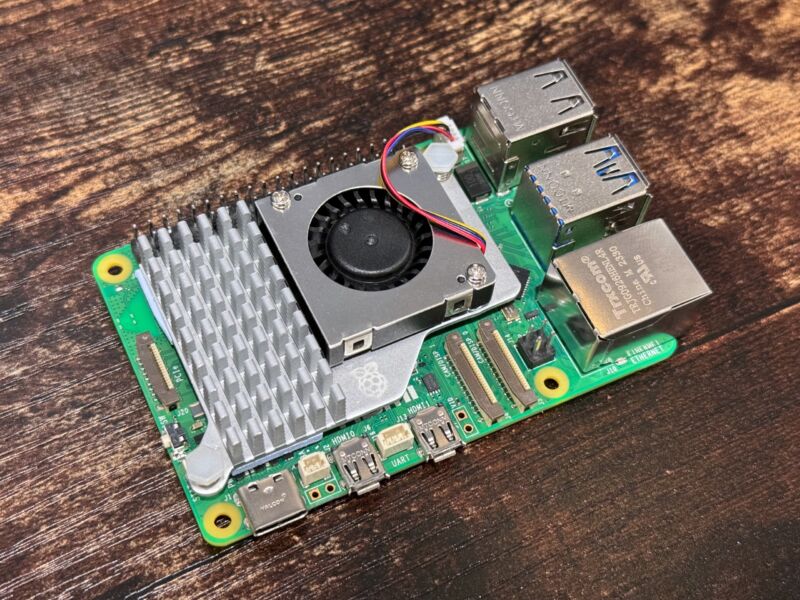Raspberry Pi 500+ puts the Pi, 16GB of RAM, and a real SSD in a mechanical keyboard
The Raspberry Pi 500 (and 400) systems are versions of the Raspberry Pi built for people who use the Raspberry Pi as a general-purpose computer rather than a hobbyist appliance. Now the company is leaning into that even more with the Raspberry Pi 500+, an amped-up version of the keyboard computer with 16GB of RAM instead of 8GB, a 256GB NVMe SSD instead of microSD storage, and a fancier keyboard with mechanical switches, replaceable keycaps, and individually programmable RGB LEDs.
The computer is currently available to purchase from the usual suspects like CanaKit and Micro Center, and generally starts at $200, twice the price of the Pi 500.
Raspberry Pi CEO Eben Upton’s blog post about the 500+ says that the upgraded version of the computer has been in the works since the regular 500 was released last year.
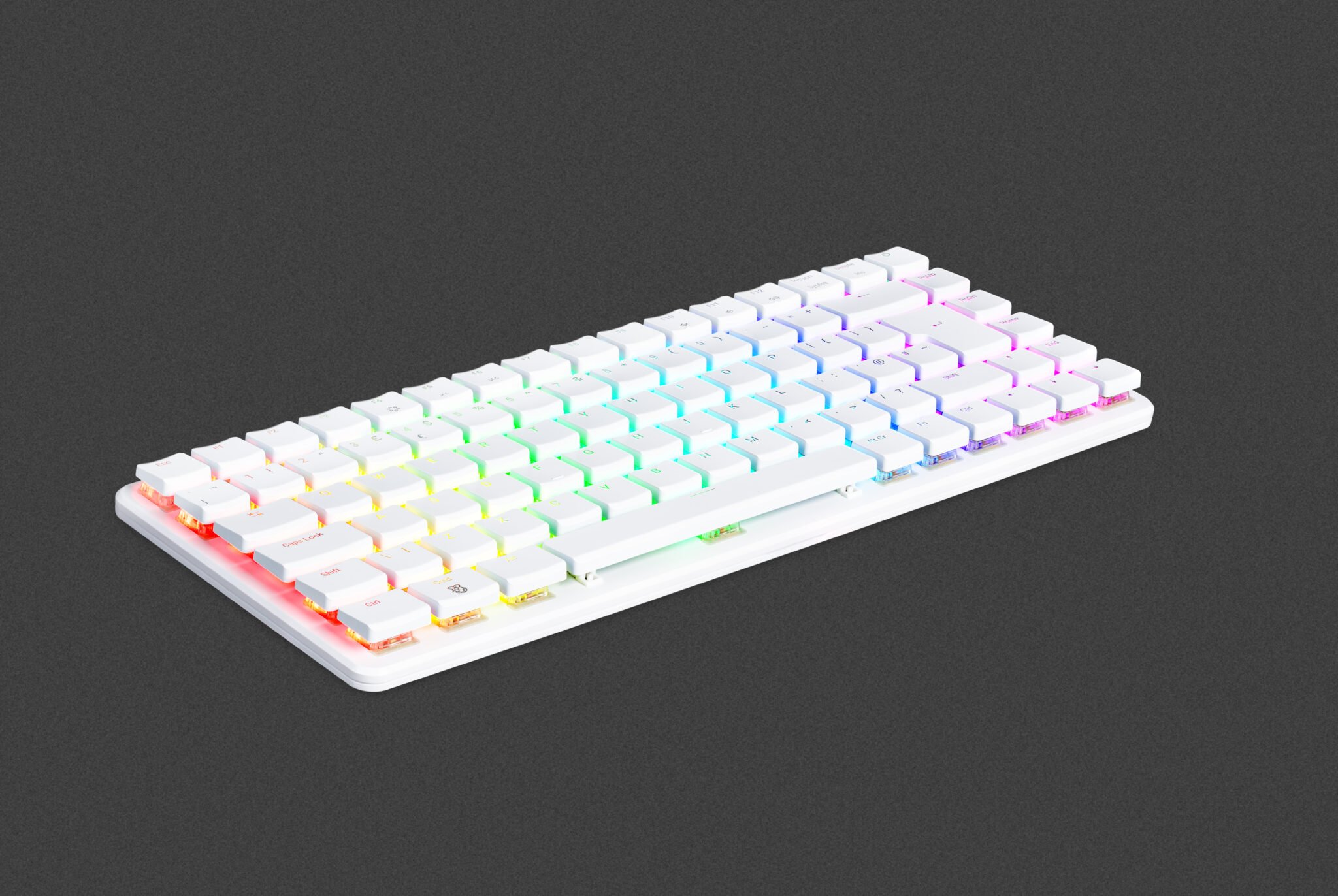
The Pi 500+ is still a full Pi 5-based computer in a keyboard-shaped case, but the keyboard has gotten a serious upgrade. Credit: Raspberry Pi
Early testers of the Pi 500 noted at the time that there was space on the motherboard—which uses the same components as a regular Raspberry Pi 5, but on a different board that allows all the ports to be on the same side—for an M.2 slot, but that there was nothing soldered to it. The Pi 500+ includes an NVMe slot populated with a 256GB M.2 2280 SSD, but that can be swapped for higher-capacity drives. Upton also notes that the system is still bootable from microSD and USB drives.
Raspberry Pi 500+ puts the Pi, 16GB of RAM, and a real SSD in a mechanical keyboard Read More »
